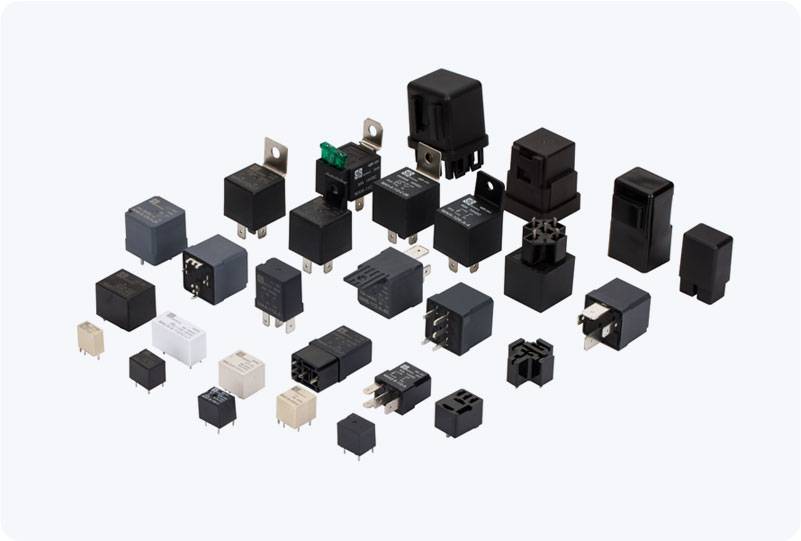A Time Delay Relay (TDR) is an essential component in automation and control systems, widely used in various industrial applications. It plays a critical role in timing processes by introducing a deliberate delay before initiating or terminating an operation. This article explores the functions, applications, and benefits of Time Delay Relays, shedding light on their importance in modern automation.

What is a Time Delay Relay? A Time Delay Relay is an electrical relay designed to activate or deactivate a circuit after a set period. Unlike standard relays that work immediately upon receiving a signal, the Time Delay Relay introduces a time interval between receiving the input and executing the output. This delay can be adjusted, making it a versatile tool for applications where precise timing is required. Time Delay Relays are typically available in two primary types: ON-delay and OFF-delay. ON-delay relay: This type of relay waits for a pre-set time after receiving an input signal before it activates the connected load or output. It is often used in situations where there needs to be a delay before an operation begins.